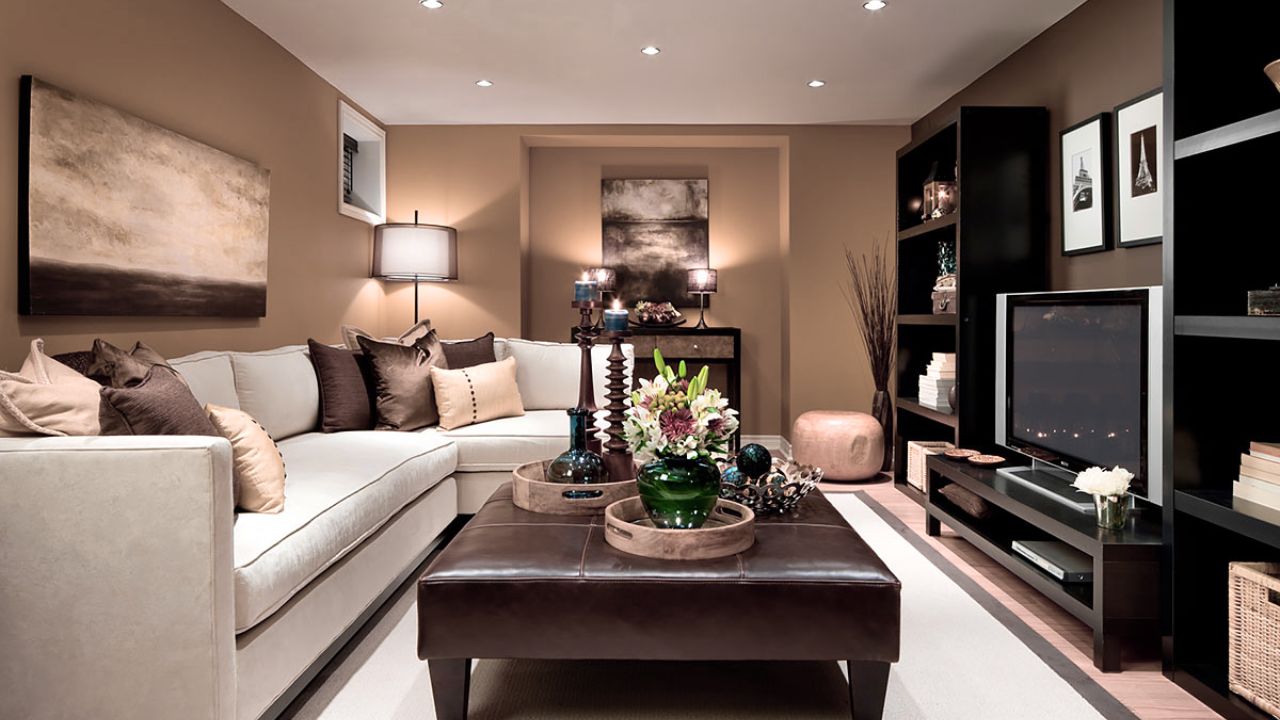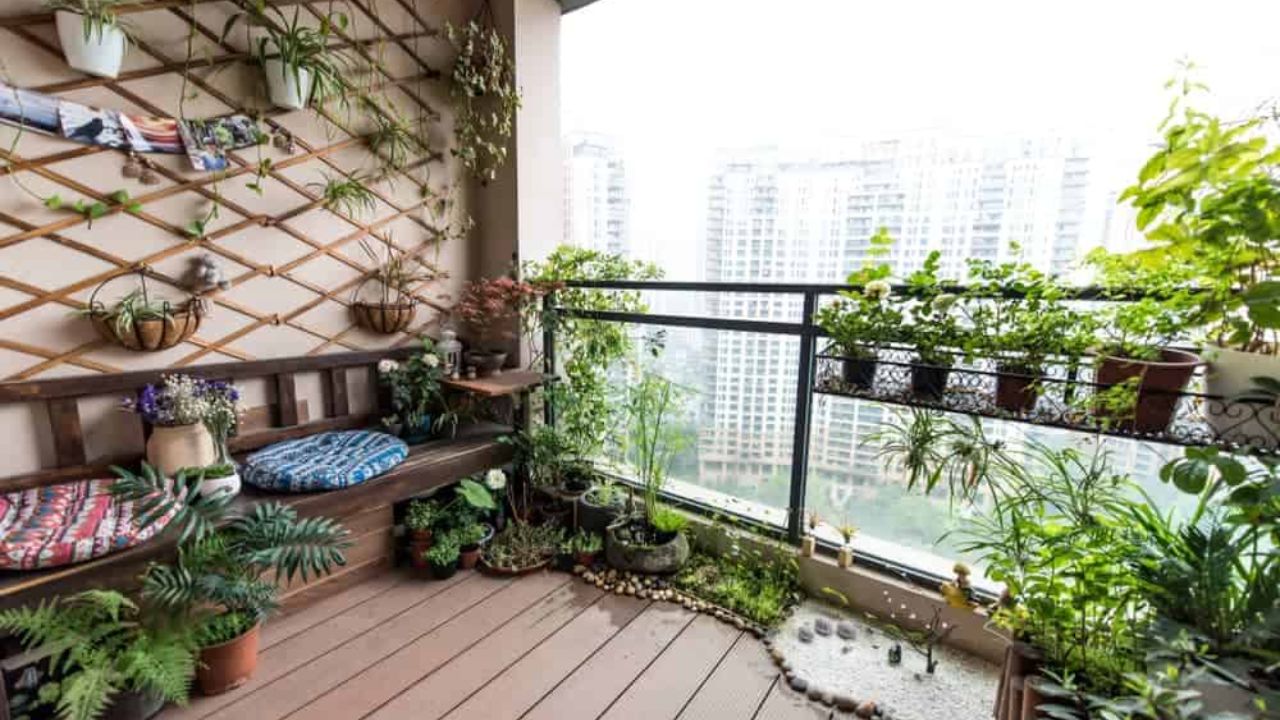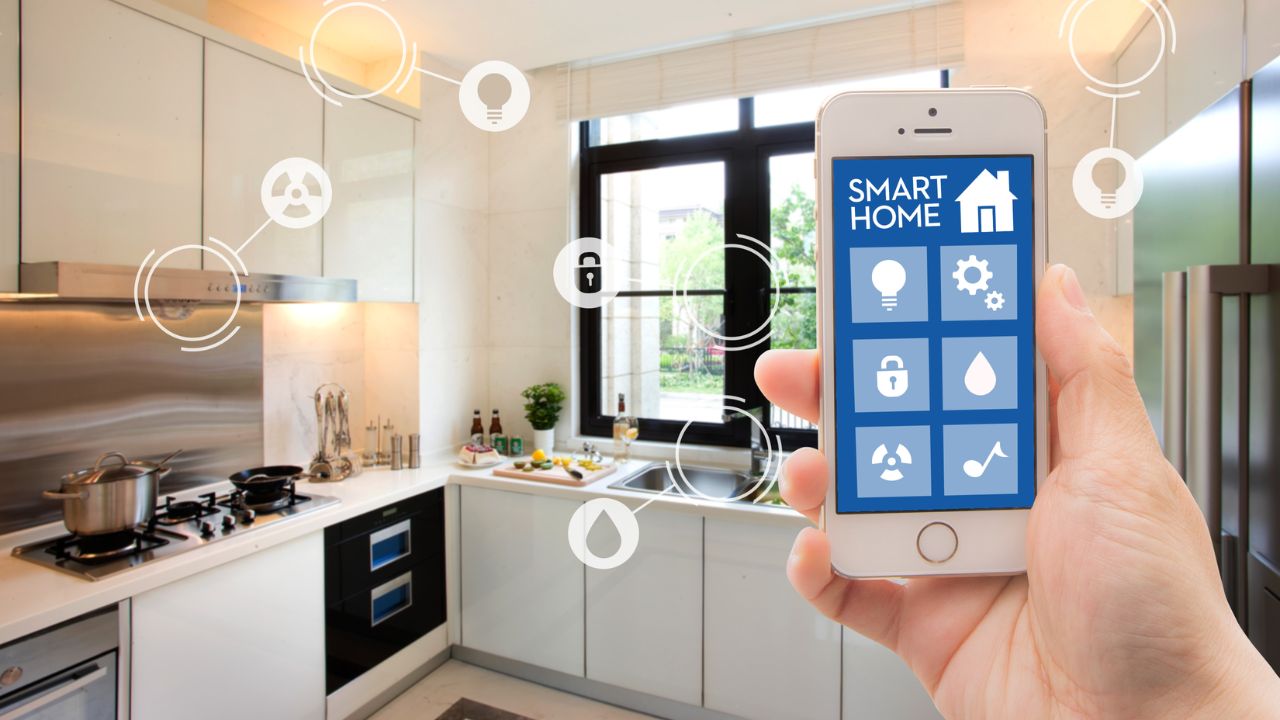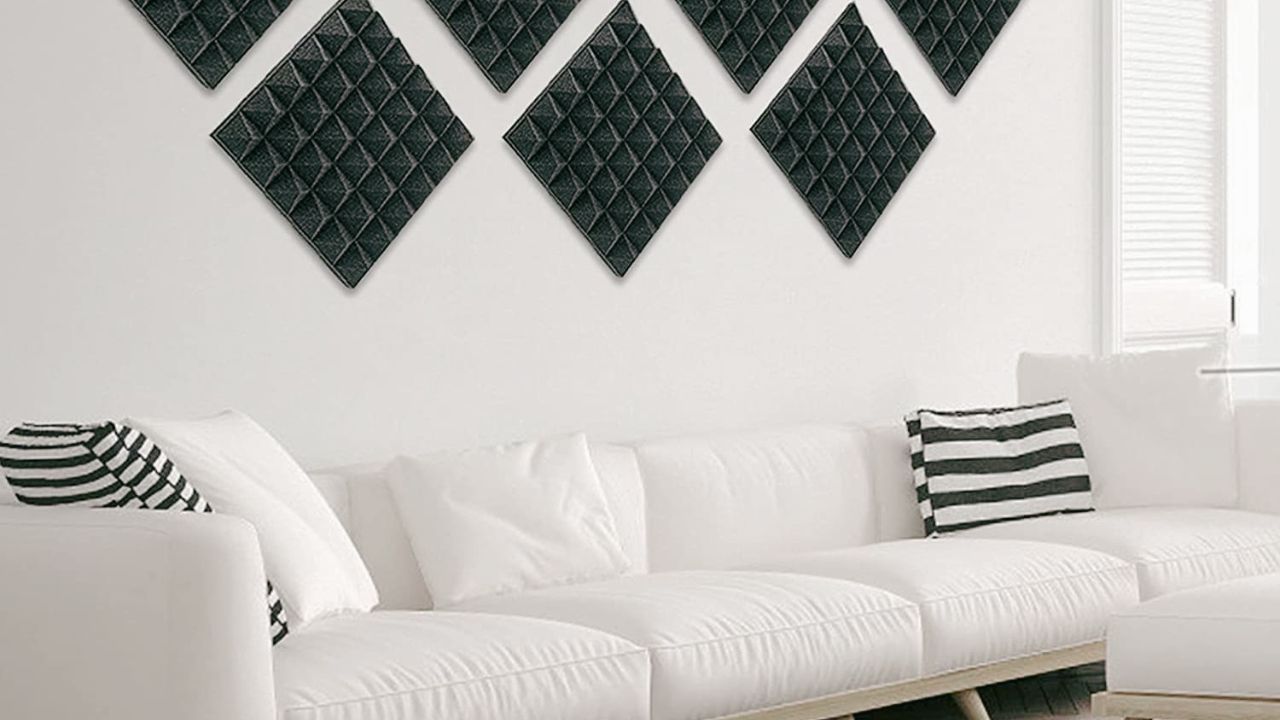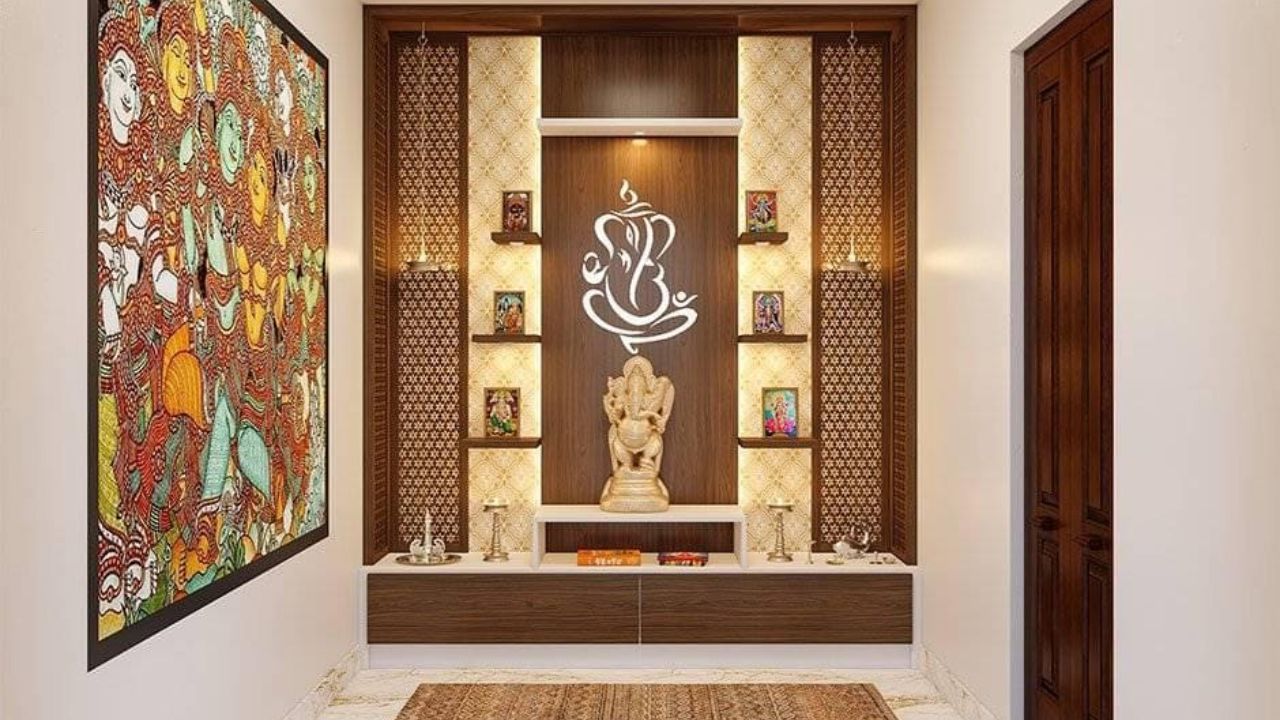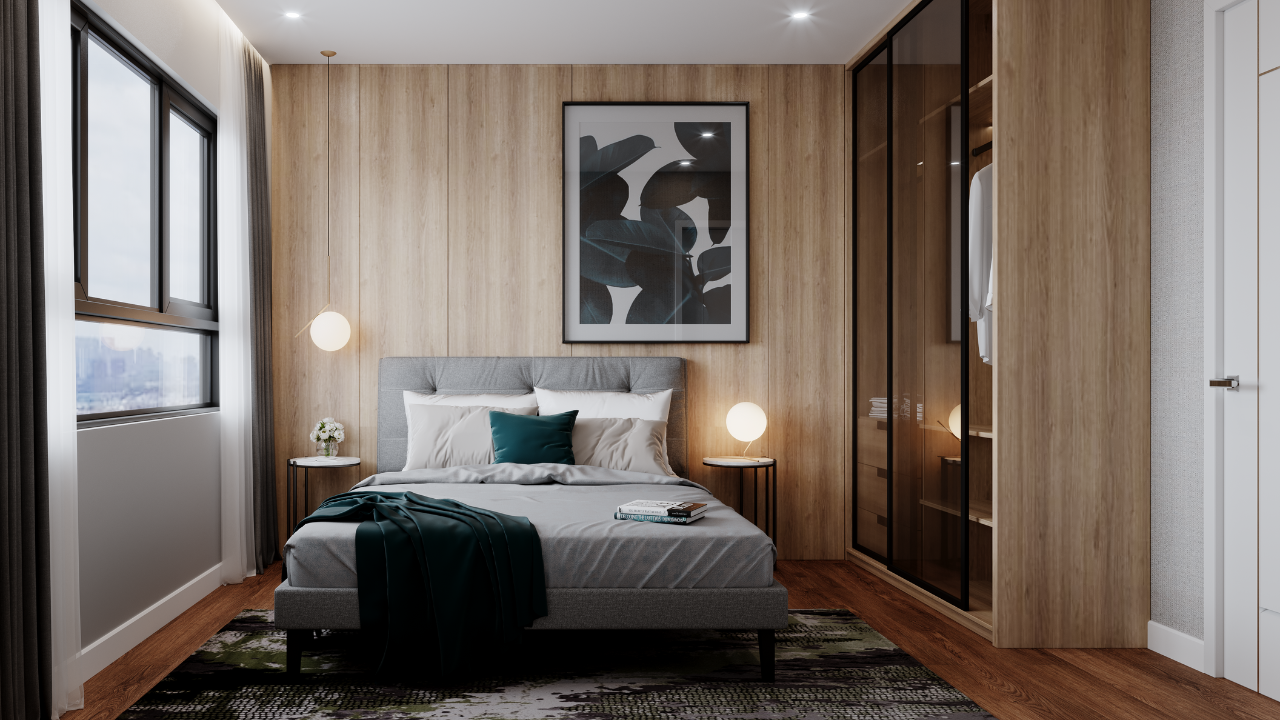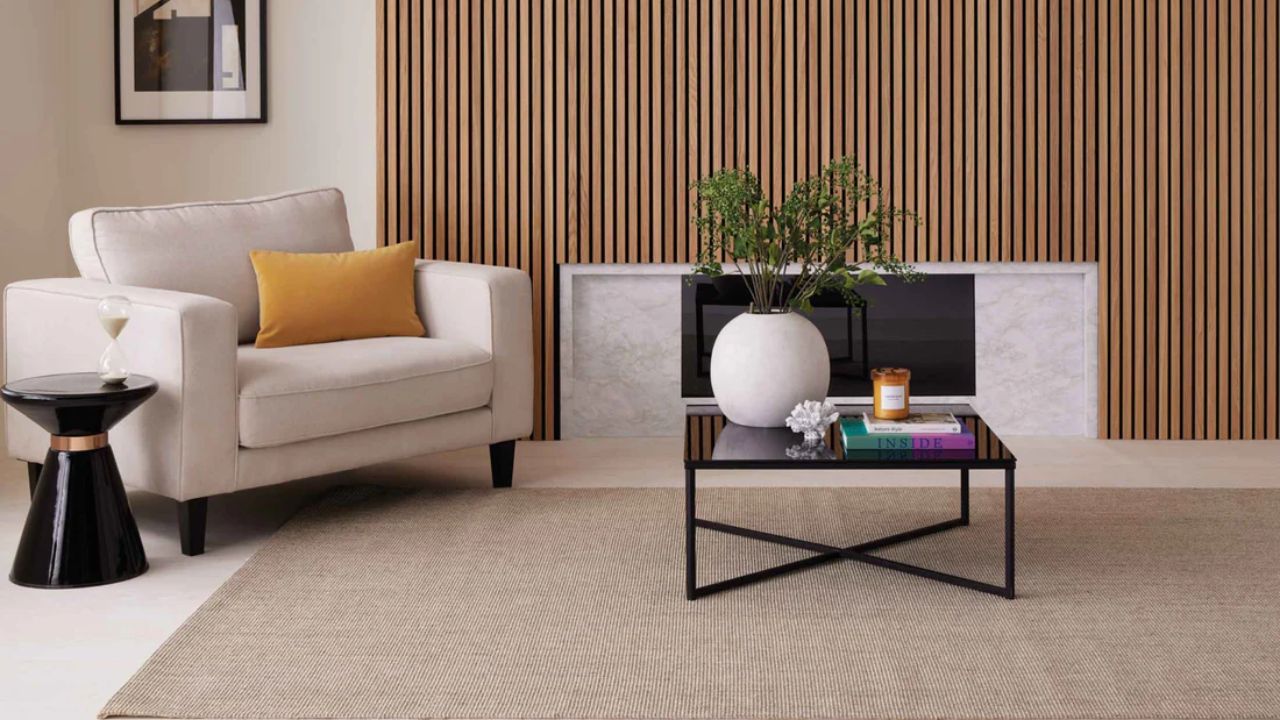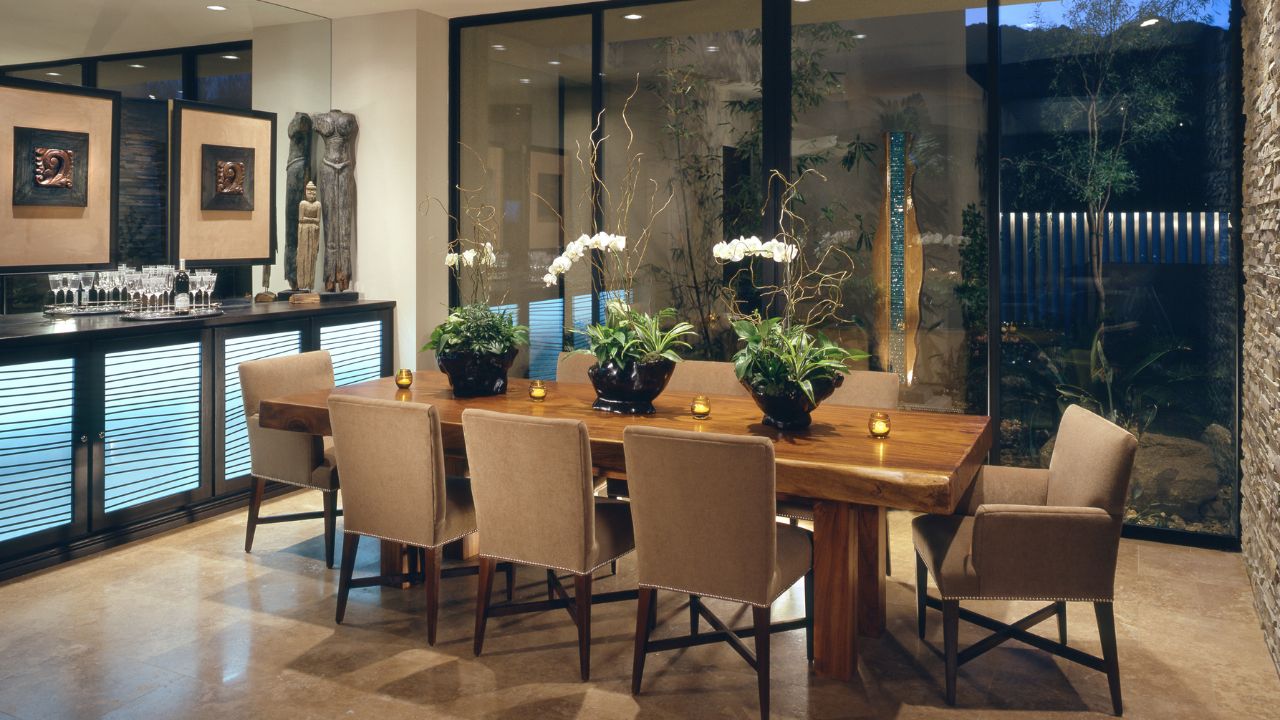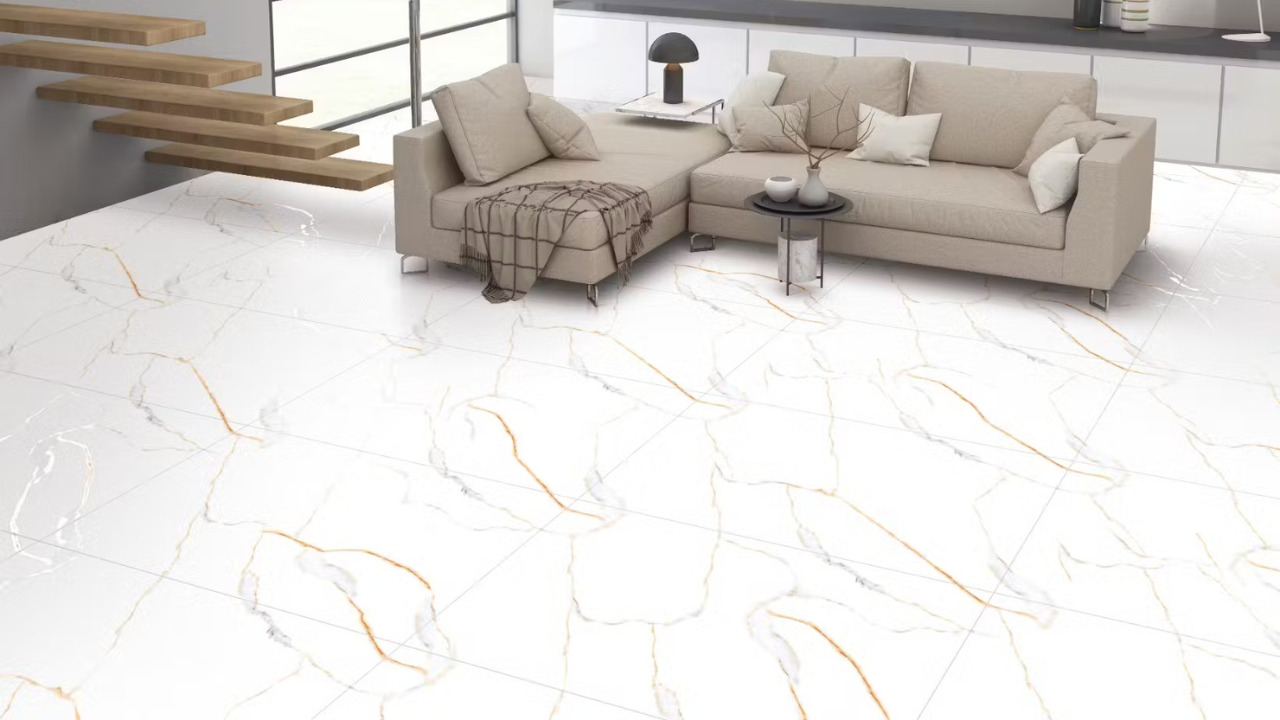The Art and Science of Color in Interior Decoration
Establishing the ideal home environment operates through scientific and artistic methods. The Wooden Strings believes that choosing colors for interior decoration should match your style and the purpose of each room. The desktop colors in our homes affect our emotions and focus. So, choosing the right colors is a key design step. Professional color selection abilities are capable of turning everyday areas into remarkable spaces. First, it creates visual harmony. Then, it enhances architectural features. The design workflow shows key traits of your personality and your lifestyle. Moreover, it adjusts to seasonal variations along with changing light conditions.

Understanding Color Psychology in Interior Decoration
Colors affect how we feel and think. Blue brings calm and helps with focus, making it great for offices and bedrooms. Meanwhile, yellow boosts energy and good feelings, perfect for kitchens. Furthermore, green helps balance and restore, ideal for relaxation areas. Similarly, red makes us hungry and talkative, good for dining rooms. In addition, purple sparks creativity, working well in art spaces and reading nooks.
The best interior decoration plans use these effects to make each room better at its job.
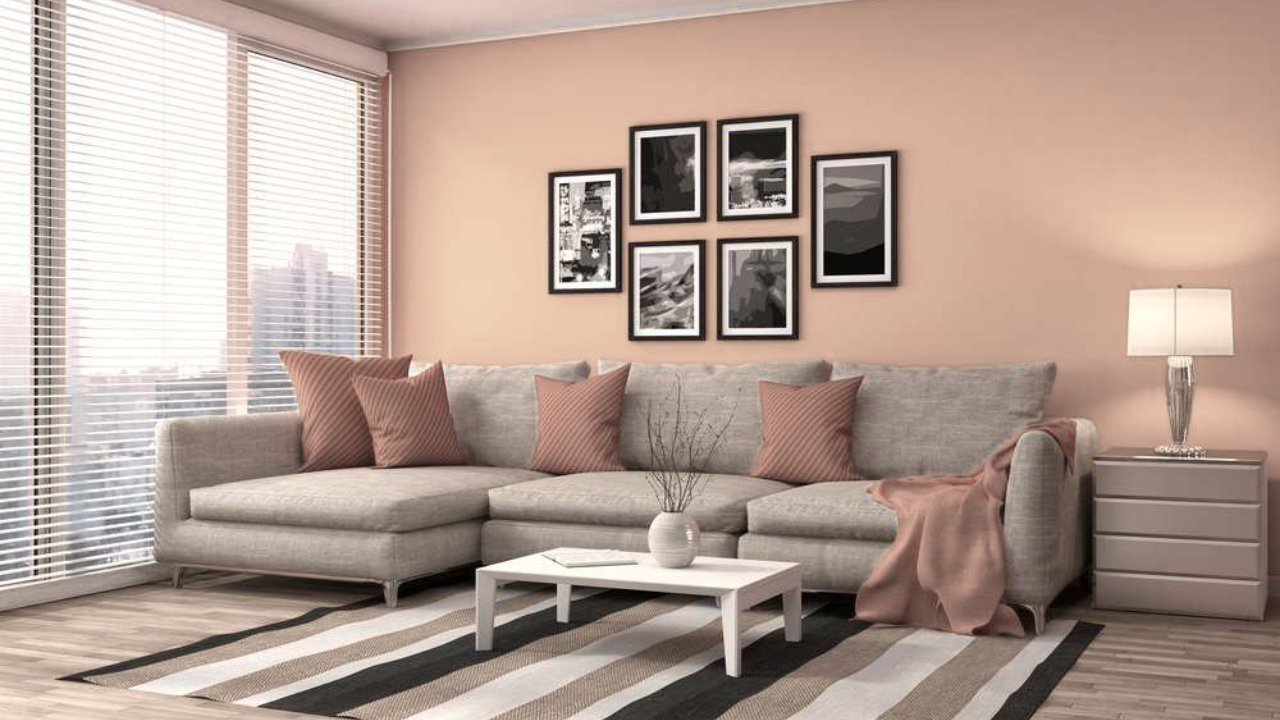
The 60-30-10 Rule of Interior Decoration
Designers often use the 60-30-10 rule for balanced color schemes:
Use 60% of your main color on walls and large furniture.
Add 30% of your second color on accent furniture and fabrics.
Finish with 10% of your accent color on small items and art.
This creates balance and prevents any color from taking over. As a result, this key rule makes rooms feel both unified and interesting.
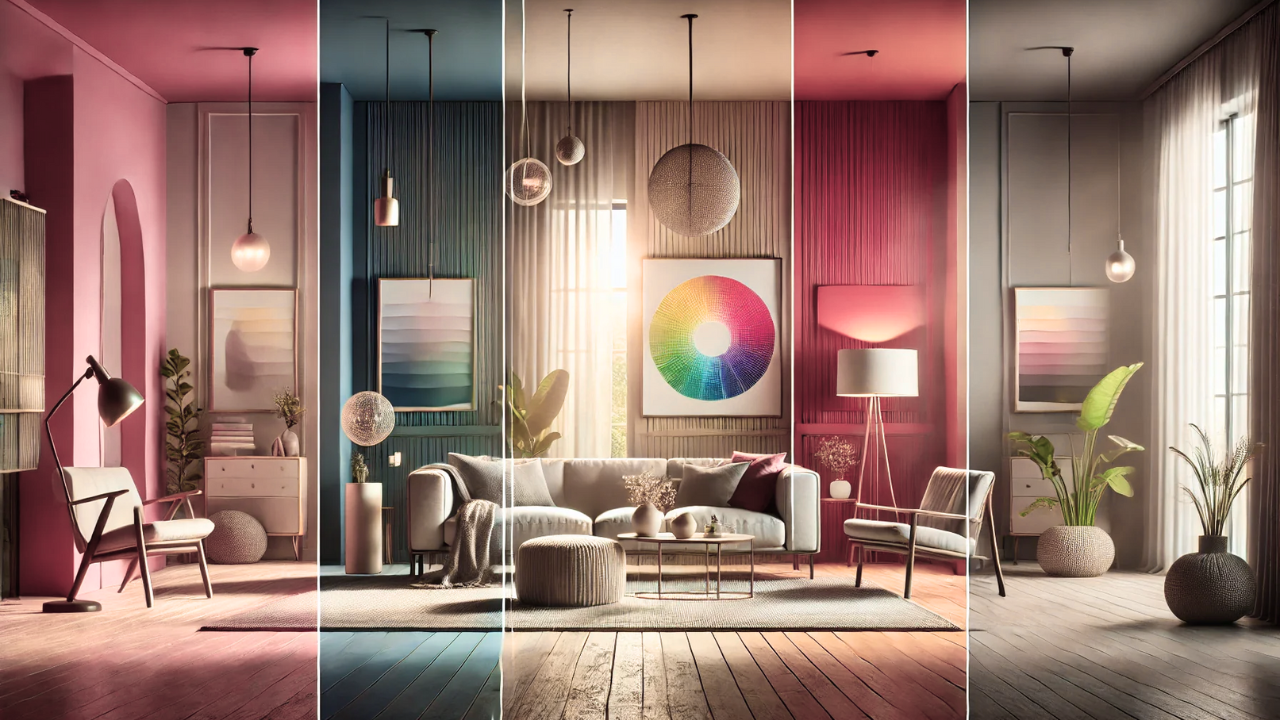
Creating Depth Through Interior Decoration Textures
Good interior goes beyond just colors. Textures and finishes change how we see colors. Matte surfaces consume light, which deepens their color appearance. Lights reflect off shiny surfaces, which leads them to produce a brighter appearance of colors. Additionally, rough textures add shadows and depth to simple color schemes. In contrast, smooth textures create calm and let colors stand out more.
Mix textures in your color palette to create rich spaces that engage the senses and avoid flat-looking interior decoration.
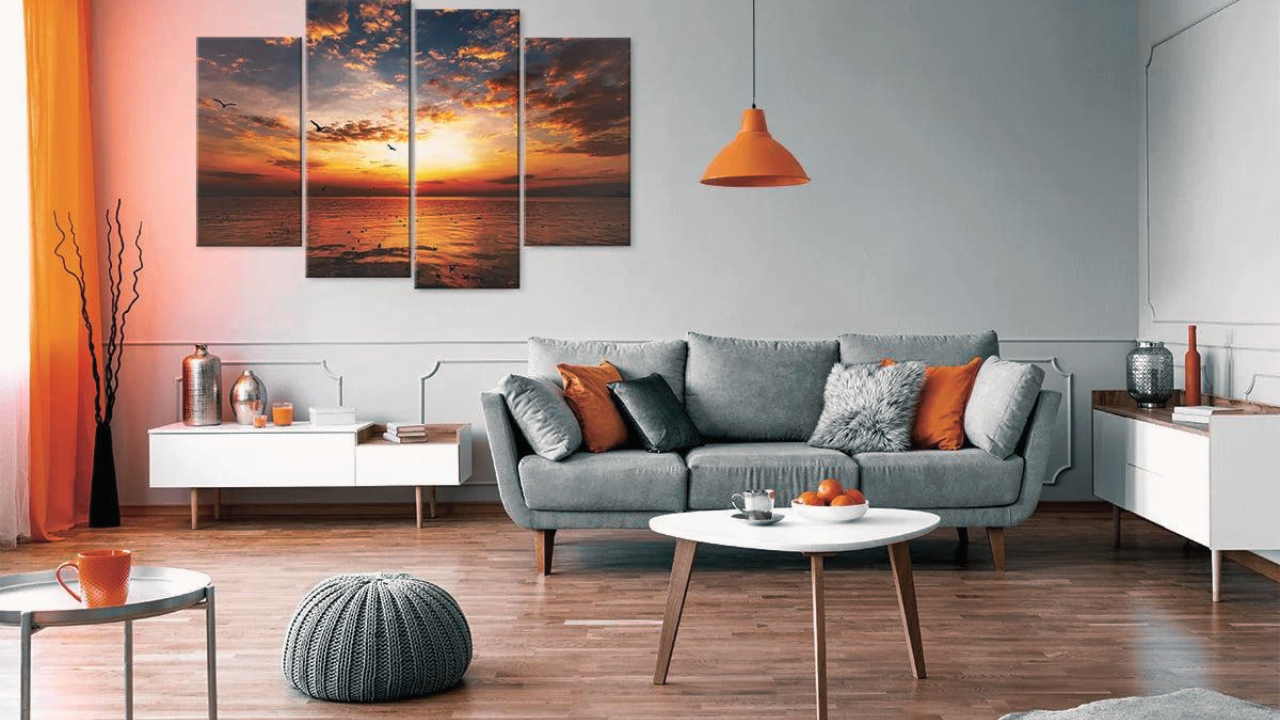
Considering Natural and Artificial Light
Colors look different in various lighting. When planning your interior decoration, think about your natural light. To clarify, north-facing rooms get cool bluish light that works with cool colors. Conversely, south-facing rooms get warm yellow light that enhances warm colors. Besides this, east-facing rooms have bright morning lights that change all day. Similarly, west-facing rooms get golden afternoon light.
Different lights also change how colors look. Specifically, warm LED or incandescent lights boost reds and yellows. In comparison, cool LED or fluorescent lights enhance blues and greens. Generally, full-spectrum lights show the truest colors.
Always test your colors in your space under different lights before you decide.
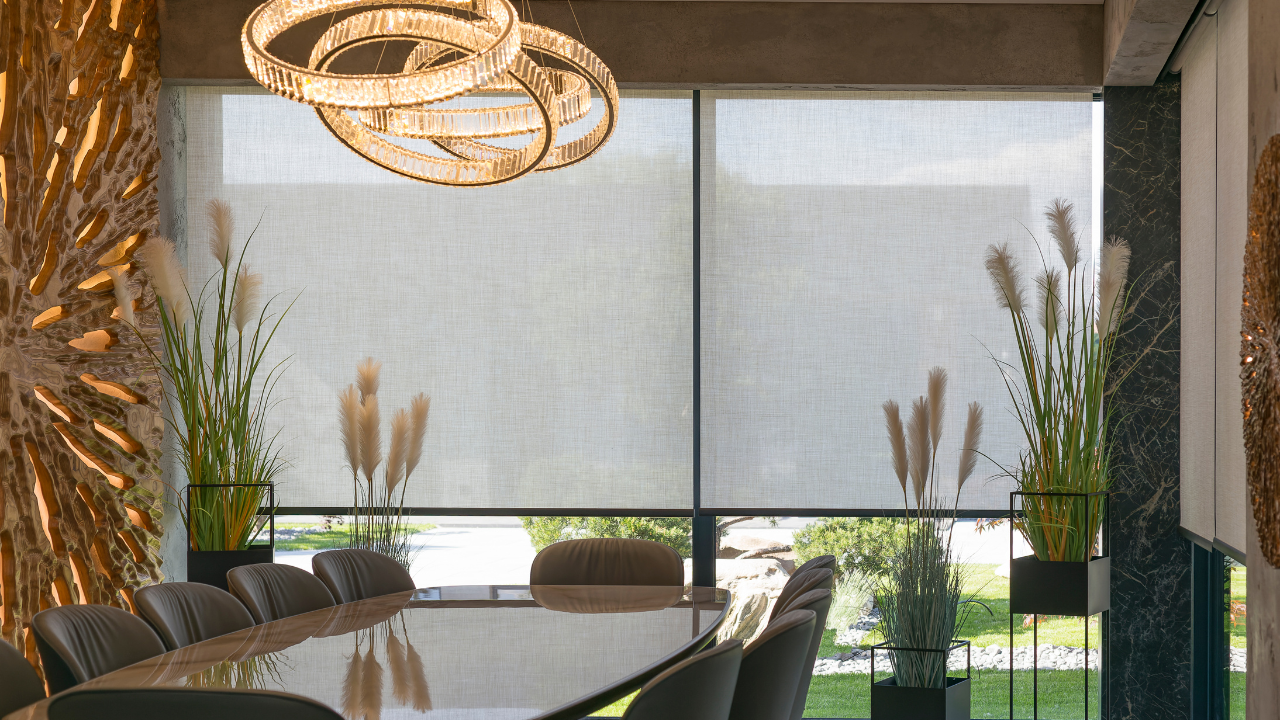
Seasonal Color Transitions in Design
Create a palette that works year-round without full redesigns. To begin with, start with neutral basics that stay the same all year. After that, add seasonal items you can swap out, like pillows and throws. For example, use bright, light items in spring and summer. Then switch to deep, rich ones in fall and winter.
This approach lets your space change with the seasons while staying cohesive.
Creating Flow Between Spaces
For open homes or connected rooms, flow matters. Good interior uses a color story throughout the home. Primarily, let rooms next to each other share at least one color. Also, create smooth color changes rather than sudden ones. Furthermore, keep similar undertones in all spaces.
These tricks create harmony as you move through your home while each room keeps its own feel and function.
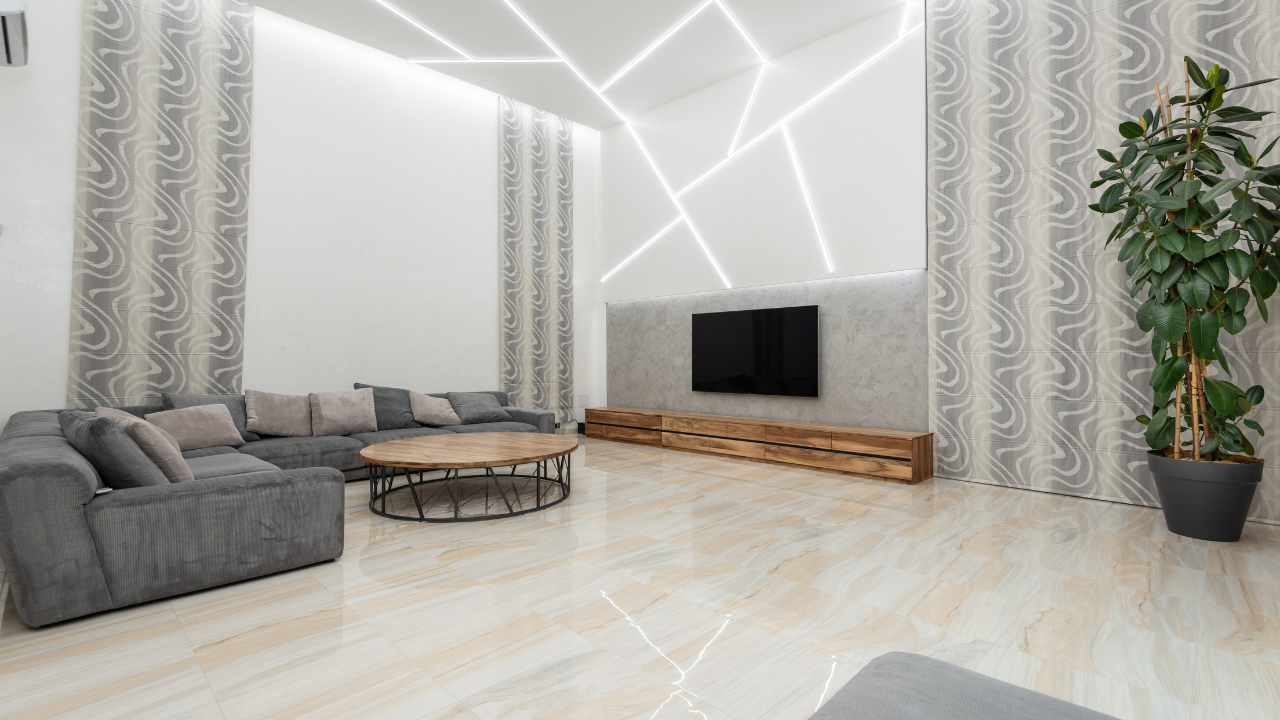
Balancing Timeless and Trendy Interior Decoration
Interior decoration trends come and go. The best palettes mix timeless basics with current accents. Initially, put neutral, lasting colors on walls and big furniture. Subsequently, add trendy colors with easy-to-replace items like small decor and accessories. Moreover, think about how long more permanent choices like tile will last. Above all, choose colors you love rather than just what's popular.
This balanced approach keeps your space current without needing constant updates.

Conclusion
Pick shades that show who you are and how you live. We at The Wooden Strings know what makes good interior decoration. Different hues change how you feel. Light affects how they look. Textures add interest. Connected rooms should work well together. This helps make your house feel like your home. Your choices set moods and tell your story. Trust what you like, but follow some basic rules. Start with tones you love. Build from there. Try them in your rooms before deciding. Most of all, your palette should make you happy when you come home. Good design means you truly feel at home in your space.


